Bountiful fields help Irene-devastated farms recover
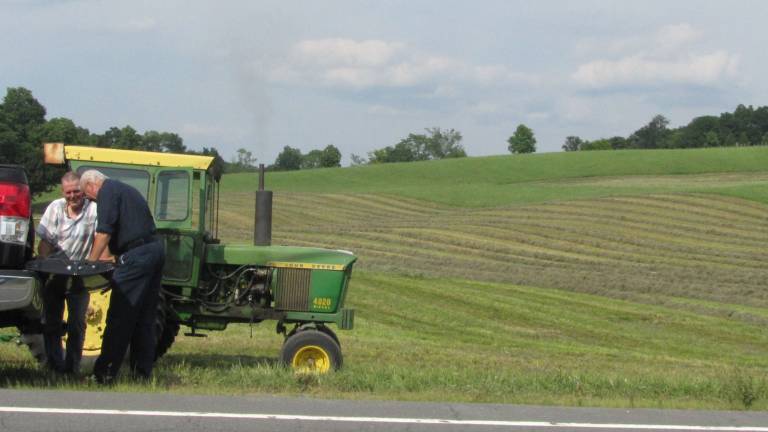
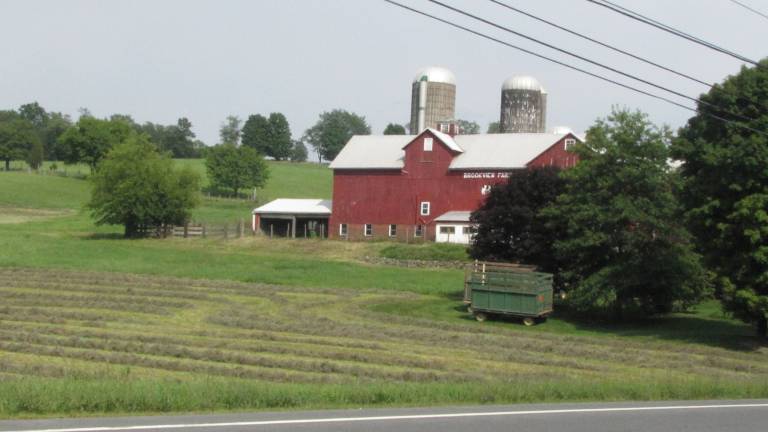
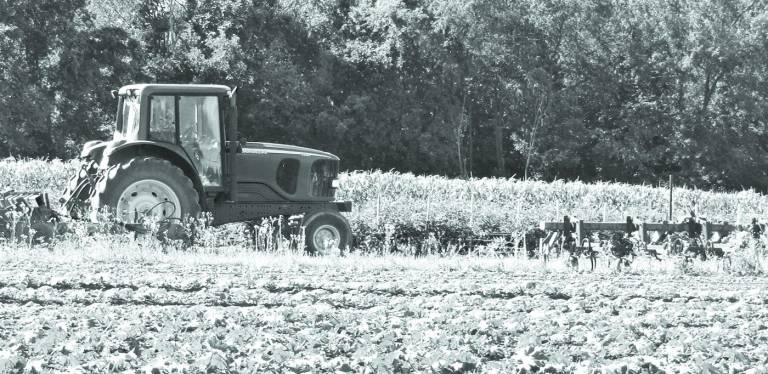
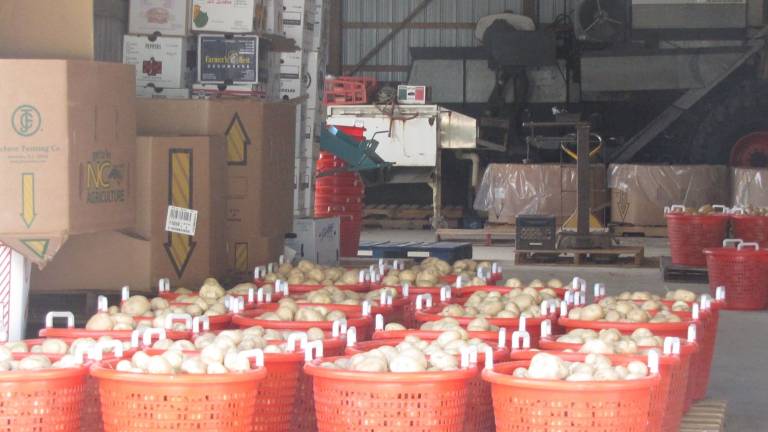
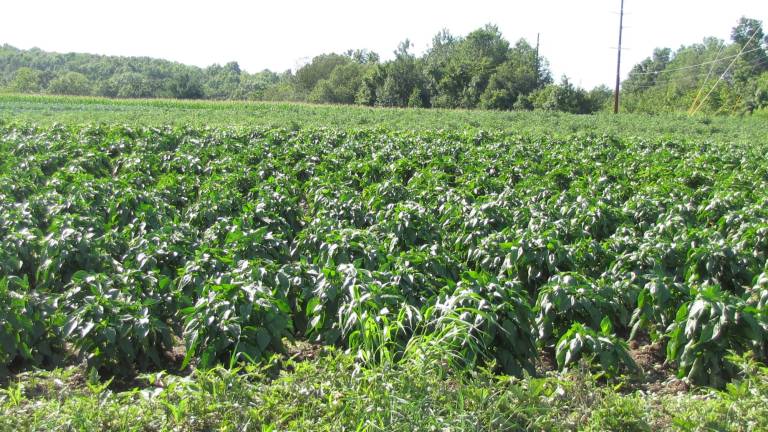
By Edie Johnson
As summer winds down, a look at this season's crops show a much different, and drier, picture from a year ago, when local fields drowned in the onslaught of Hurricane Irene and Tropical Storm Lee.
While their hillsides now look plentiful, many farmers were getting worried earlier in the summer, when record heat and a long dry spell threatened to bring another disaster. Some of the bigger farms irrigate portions of their fields, but they often pull from ponds, and even those were threatening to go dry. Small farms in low-lying areas rely on ground moisture and rain to carry them through.
The dry spell ended before doing too much damage. Most farmers say the drought brought down their numbers a little because plants died too late to be replaced. But the remaining season of alternating heat and rain, absent severe downpours or hail, led to a bountiful season. Farmers are not calling it a bumper crop, but still agree that it's very good.
Farmers' markets thrived around the area. The season began with gorgeous piles of radishes, beets, and carrots, followed by lettuce and a good crop of tomatoes. It was challenge for vendors to keep their veggies fresh in the hottest season on record.
To make their work easier and shoppers more comfortable, many local farms opened small indoor stores. Blooming Grove Organic Farm, with its small café patronized by customers interested in healthy living and community spirit, became a hot spot on weekends. Larger stores and farm markets with craft accessories and canned goods, like Rogowski Farm in Pine Island and Pennings Market in Warwick, are packed with local shoppers, restaurateurs, and weekend wanderers on their way north from the city. Others who have joined the healthy eating movement have started CSA's (community supported agriculture), where they contract with a farm to buy vegetables throughout the season. Local ShopRite supermarkets have framed out sections devoted to local produce.
Good hay for horses, good money for corn
Orange County is big horse country. And where there are horses, there needs to be hay. Horse owners were worried when a long dry spell followed a bumper crop of green hay. Farm after farm announced there would be no second cutting.
But just as the timer was about to go off, the rain came, and with enough days in between to do second cuttings. There will be hay to go all around, although the dry spell will affect the quality of some of the second-cutting hay.
Still, horses do fine on a lower-nutrition hay when they are not at work. Owners reserve the better-quality hay for work days and supplement with grain as necessary.
C. Rowe and Sons in Campbell Hall is having a banner year as well, with high-quality corn, potatoes, garlic, Brussels sprouts, rhubarb, peppers, and hay. Their farm, which is operated by family members of several generations, just about forms its own town. Their vegetables and corn are sold in large commercial lots and at their farmstand. In a good year they may put away 20,000 bales of hay.
Early in the season, Charlie Rowe said the farm had already used more pumped water than at any other time in his 88 years, but wet spells carried even the unirrigated fields.
Ted Talmadge's Brookside Farm in Chester is having a good hay year as well, with huge cuttings of both first and second grass hays. Talmadge uses some of it for his cattle and sells the rest commercially.
What is good news for some spells disaster for others. When the corn crop in the Midwest fails, prices go up. This means local farmers get top dollar on their feed corn. Fields on hillsides suffered most from drought, but most of these fields have recovered in time for harvest. This is the life cycle of a farm, and so farms do best when they include both hillsides and lowlands.
Local apple growers are also reporting good results. Carol Roe of Roe's Orchards in Chester said their crop, one of the largest in the region, is fine. But less than an hour north, in the New Paltz area, a late spring frost ruined nearly the entire crop. Roe's peach crop is a bit smaller, but the quality is exceptional.
Still, farmers are not likely to start splurging, knowing it will take only one bad storm to wipe out the remainder of their year's profits. Chris Pawelski, who grows onions in Goshen's black dirt, lost his entire crop last year. It will take years of good growing seasons to make it up, he said.
This year Pawelski planted earlier than ever and says he is very encouraged by his crop, both in its quality and quantity. His farm is busy harvesting, sorting, and selling its millions of pounds of produce. When he's not working on his farm he's on the phone with some senator or congressman, or in Washington, D.C., pushing for crop insurance reform and other issues of interest to farmers.
So while we enjoy this year's plenty, local farmers are hard at work in sometimes blistering heat. They're in their barns, sorting, labeling, making deals, planning next year's crop, and lobbying for legislation to help them when the next storm comes rumbling through the valley.